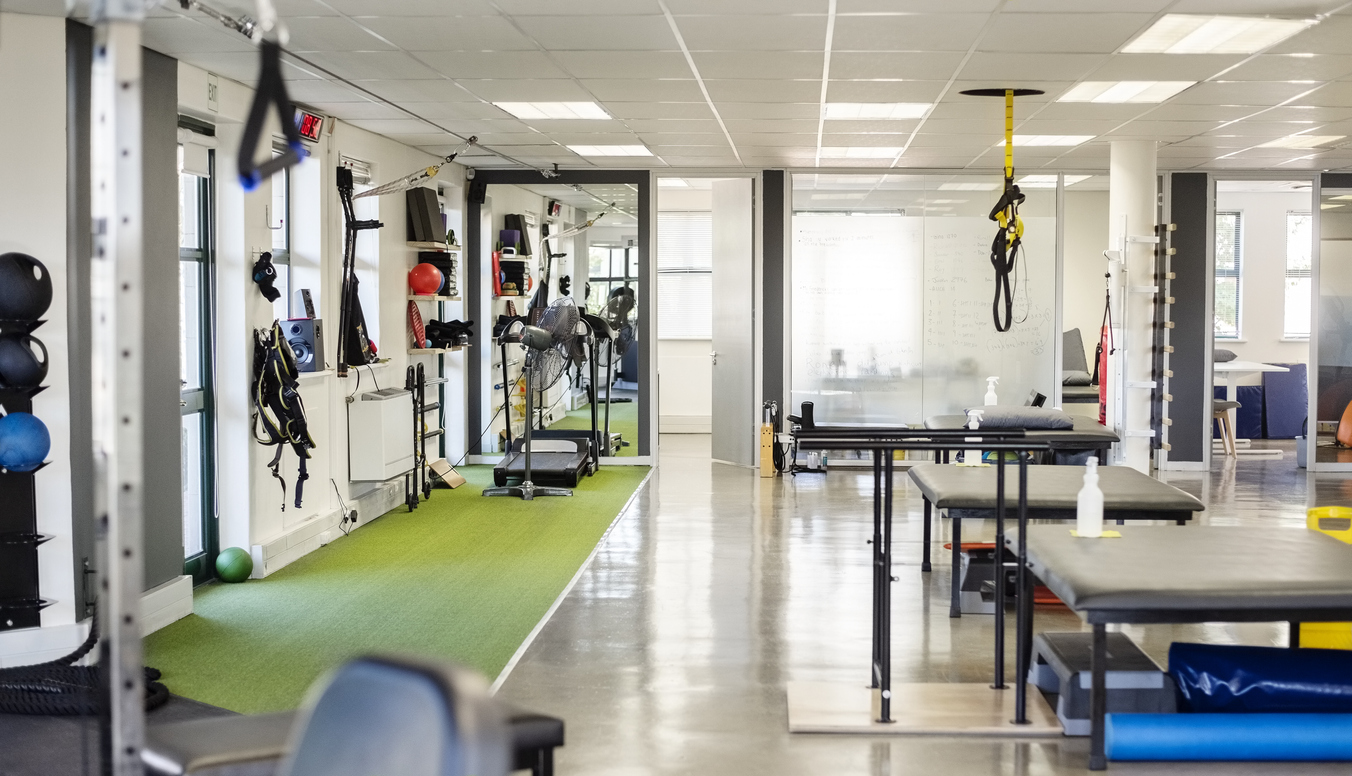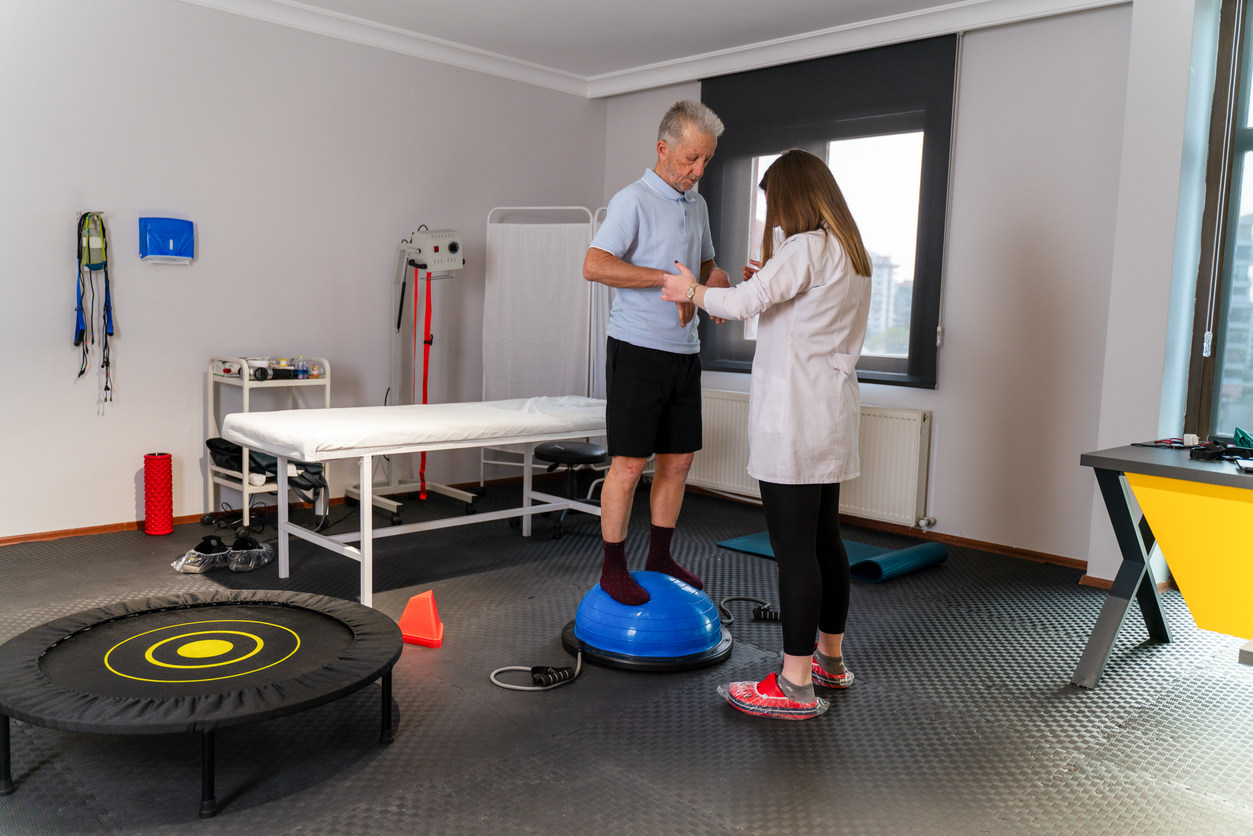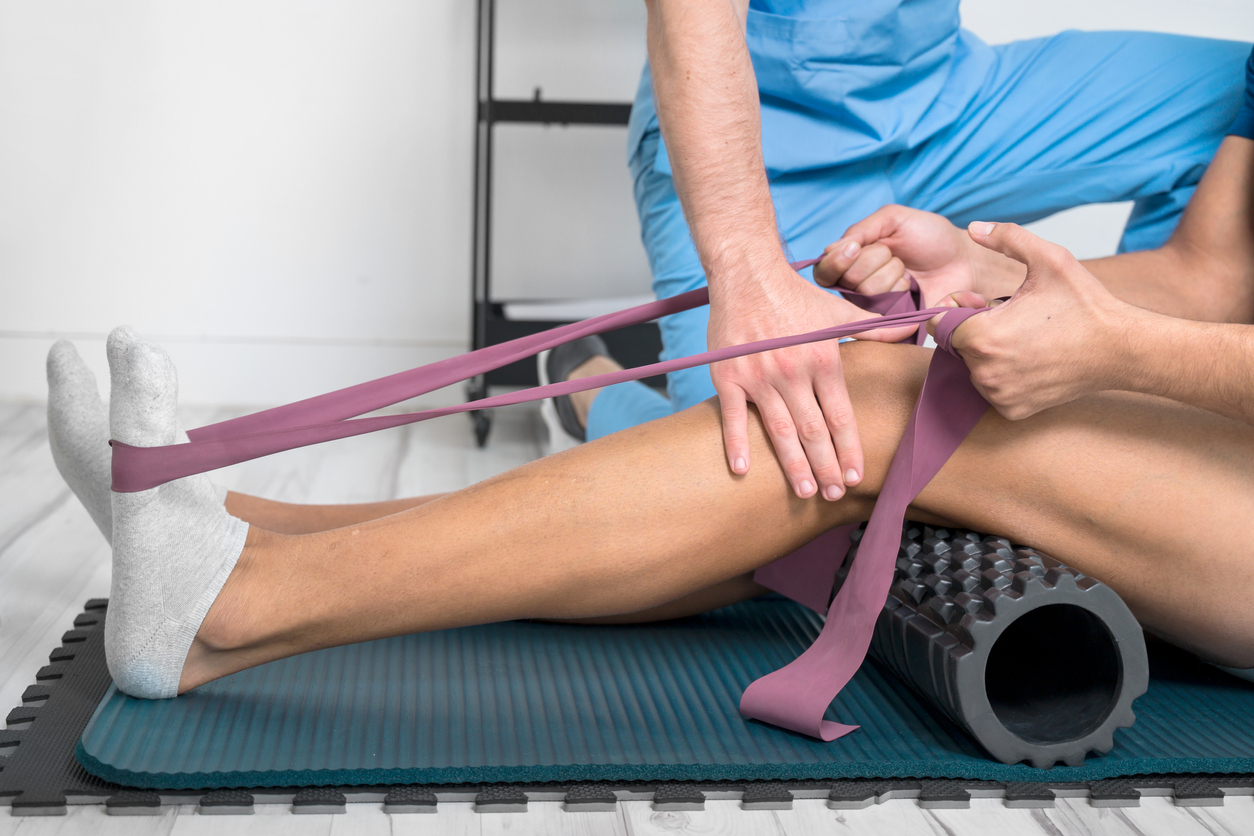Treatments
Types of Specialized Physical Therapy

What is physical therapy?
The main goals of physical therapy (PT) are to provide pain management, improve mobility, maximize functionality, implement injury recovery, and prevent future damage. A physical therapist evaluates the person and condition to treat illnesses and injuries related to the musculoskeletal (bones and muscles), neurological (brain), cardiopulmonary (heart and lungs) and integumentary (skin) systems.
Physical therapy, also referred to as physiotherapy, is often used as a standard treatment for chronic pain or pain related to an injury. However, many health conditions respond well to physical therapy, including back pain, headaches, diabetes, chronic obstructive pulmonary disease (COPD), etc.
Types of specialized physical therapy
Physical therapy may involve techniques such as physical manipulation, temperature therapy, hydrotherapy, and massage. There are various types of physical therapy that are dependent on the health condition and specific needs. Specialized physical therapy is also available, and includes orthopedic, geriatric, neurological, cardiovascular, pulmonary, pediatric, and pelvic floor.
Orthopedic
Orthopedic physical therapists have additional training surrounding the musculoskeletal system, specifically regarding injuries to the muscles, tendons, ligaments and bones. This type of therapy helps relieve pain and increases functionality. Methods of orthopedic physical therapy include, but are not limited to, the following:
- Exercise
- Strength training
- Joint mobilization
- Muscle stimulation
- Massage
- Heat and ice application
- Education
Geriatric
Geriatric physical therapy is beneficial for individuals experiencing age-related conditions, including arthritis, Alzheimer's, incontinence, balance disorders, and osteoporosis. A geriatric physical therapist helps with the following:
- Gait
- Transfer
- Bed mobility
- Balance and falls
- Activity modification
Neurological
Physical therapy for neurological conditions, such as a spinal cord injury, stroke, or Parkinson’s disease, focuses on maximizing mobility, balance, coordination and strength. This is beneficial for the following:
- Endurance
- Gait
- Independence
Cardiovascular and pulmonary
This type of physical therapy is centered around the treatment of certain cardiovascular or pulmonary disorders. It also includes those who have undergone cardiac or pulmonary surgery. Increasing endurance and independence are the main goals. This is often achieved through physical activity and lifestyle education.
Pediatric
Pediatric physical therapists work with children and teens who have disabilities, injuries, or certain illnesses. The objective is to maximize mobility and functionality, while reducing pain and preventing further injury. Because children and teens are still developing, it is important to access physical therapists who specialize in their care and can meet specific needs.
Pelvic floor
Pelvic floor physical therapy treats conditions that are linked to the pelvic floor, which is a group of muscles that controls the bladder and bowels and supports the urinary and reproductive tracts. The purpose is to ease pain and discomfort, while increasing quality of life. A pelvic floor therapist may work with an individual who is experiencing issues with pelvic floor dysfunction. Pelvic floor dysfunction can result in the following:
- Pain during sex
- Erectile dysfunction
- Bowel and/or bladder incontinence
- Constipation
- Frequent urination
Additional sources: Verywell Health, Verywell Health, and Verywell Health


















